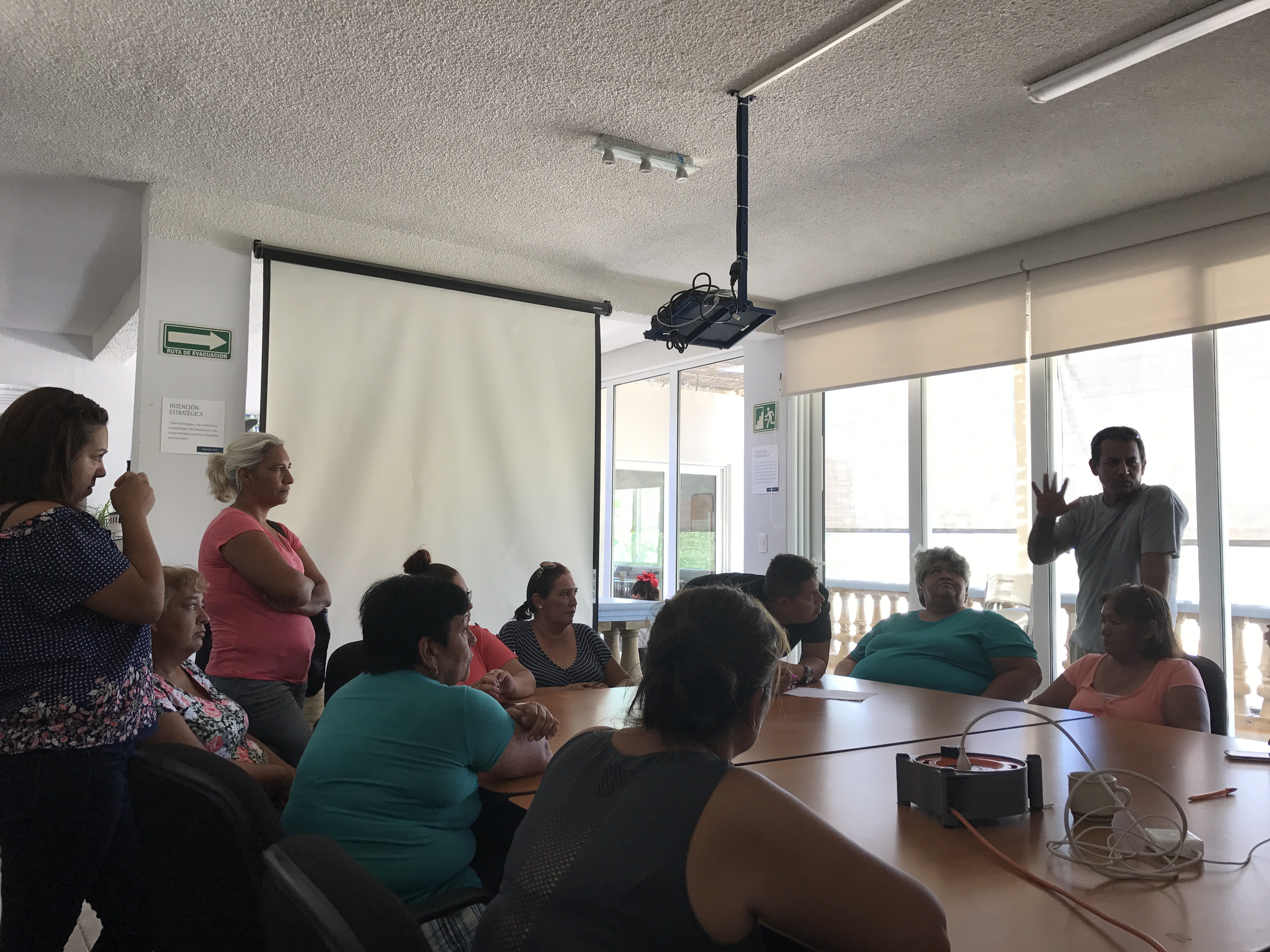The Ensenada de La Paz bay sits near the southern opening of Mexico’s vast Sea of Cortez, which separates Baja California from the Mexican mainland and extends north for almost a thousand miles. It is Mexico’s richest source of fish, traditionally contributing about 80% of the economic value of all fish caught in the country. In recent years, it has become increasingly navigated by large commercial fishing boats from around the world, led by the Chinese, as part of the global race for fish protein. Just as the Callo de Hacha penshell clam species was beginning to recover, an invasive species, the ‘tunicate,’ which was probably transported by one of these international fishing fleets or large private sailboats, was discovered in 2014.

“It was another big setback to discover the tunicate,” says NOS co-director Liliana Gutiérrez Mariscal, “which attaches itself to the growing Callo de Hacha and steals its nutrients. It took a few months to develop a strategy to combat it, and the new leadership at OPRE was crucial in implementing that strategy.”
“In the end,” says fisherman Hubert Mendéz, “it turned out to be an interesting case of the scientists and the fishing cooperative really needing one another. The scientists could help diagnose the problem, but would have been relatively unable to implement the required solution without the on-the-ground knowledge of the fishers and their continual presence in the bay, especially with all the surveillance work going on.
“Everyone was very discouraged by the tunicate when it was first discovered, and it would have been easy to see it as one more indicator that we would fail in our vision of restoring the bay. But working together with NOS and the authorities, we now see it as a good step in the learning process of what it means to be ‘restorators.’ as well as fishers.”
